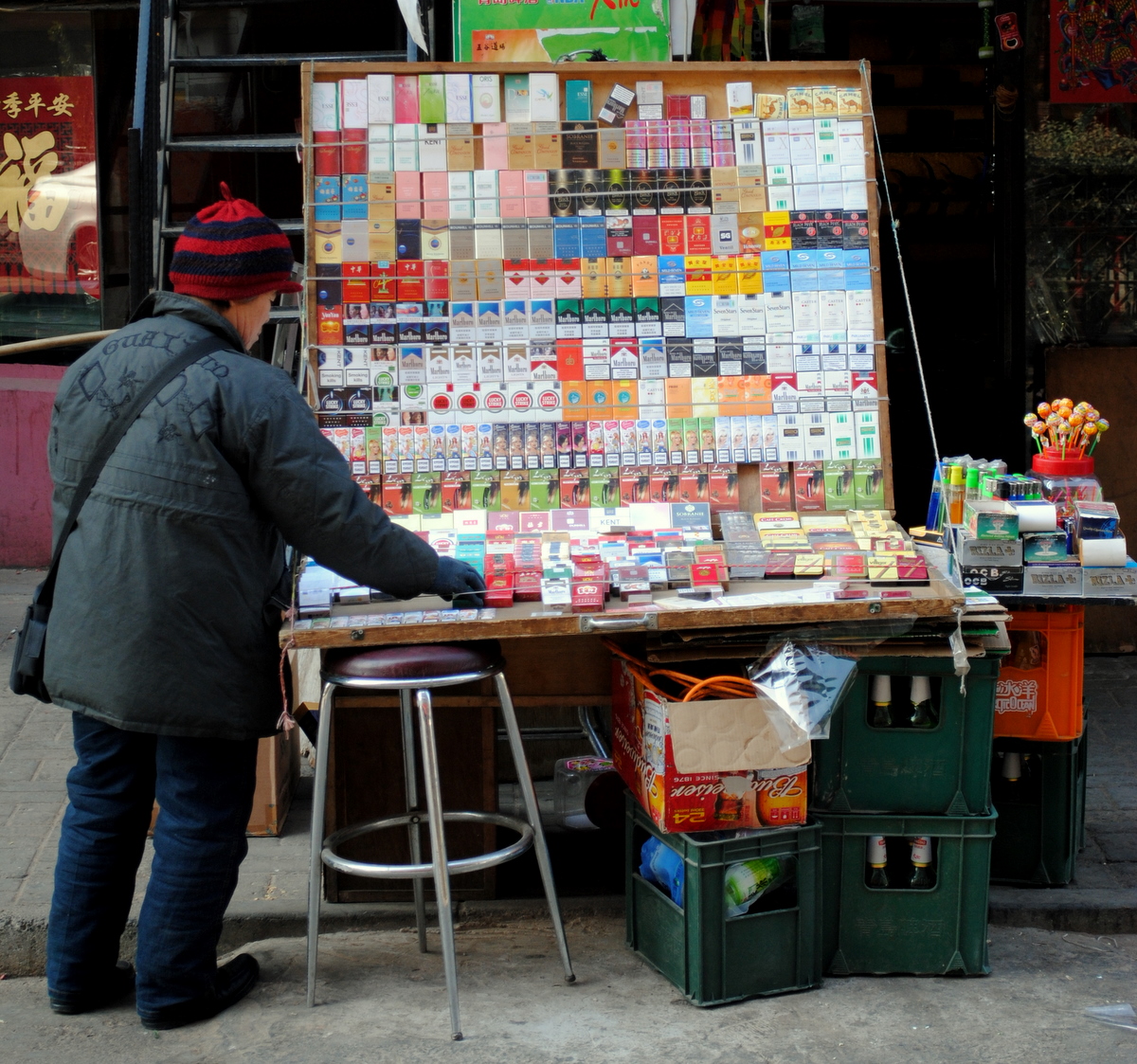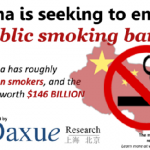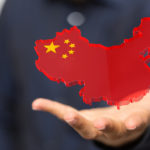Tobacco Products in China: A Monopoly Worth Billions
Tobacco Products in China
China is the world’s leader in tobacco production, with 3.2 million tons of tobacco leaf grown in 2014. The tobacco manufacturing industry in china comprises establishments that manufacture cigarettes, cigar and cigarettes filters.
Tobacco Business
The cigarette manufacturing industry in china has witnessed steady development over the past five years under the management of the state Tobacco monopoly administration. The government has been encouraging China’s Tobacco manufacturing industries to develop large markets, large brands, rational product, structure and efficient marketing and distributions systems.
The big business of tobacco is global in nature, and each part of the tobacco business, from growing the leaf to manufacturing products, contributes to the multi-billion dollar tobacco industry. Six companies lead the world’s tobacco business, but there are at least 40 smaller businesses or state-owned monopolies that manufacture cigarettes.
Tobacco Production Statistic
Each year, the tobacco industry produces six trillion cigarettes, enough to create a continuous chain from Earth to Mars and back, multiple times. Nearly 500 tobacco factories have been documented worldwide, with the location of another 200 suspected but unconfirmed.
China grows more tobacco, manufactures more cigarettes, and also consumes more tobacco than any other country in the world. China National Tobacco Corporation (CNTC) posted revenues of US$95.2 billion and profits of US$19 billion in 2011. The Chinese government profits financially from the manufacture and sale of tobacco, as well as from tobacco taxes collected by the government. CNTC contributes 7–10% of the country’s total annual revenue through tobacco tax and profits. The complicated relationship between the Chinese tobacco industry and tobacco control is best characterized by a recent report which stated, “China’s top political leadership and its national tobacco bureaucracy are among the most crucial stakeholders in the country’s tobacco development and control”.
Tobacco Monopoly Market
In spite of decades’ worth of scientific and medical evidence about the dangers of smoking, one billion people continue to smoke worldwide. The decline in smoking rates in high-income countries is more than offset by increased tobacco use in middle- and low-income countries. Tobacco companies know they must find replacement smokers, and focus much of their effort in these low- and middle-income markets, which have the potential for economic and demographic growth, and thus increased profits.
It first gathers and organizes information on other countries’ tobacco institutional reform process and tobacco industry supervision system. Generally speaking, given the requirements of opening markets and improved competitiveness, most countries have witnessed tobacco reform towards marketization and have consolidated such achievements through legislation. In these countries, there are specific regulatory agencies that supervise tobacco advertising, promotion, warning, products and ingredients disclosure so as to protect consumers’ health to the greatest extent. In contrary, China’s existing tobacco monopoly with low marketization is not seasoned well with modern corporation governance and national property management. Yet, there is still not a tobacco market of fully competition and tobacco monopoly departments are not fulfilling their responsibility in control tobacco health hazard.
Through straightening the evolution and status quo of China’s tobacco monopoly, we find out that this tobacco monopoly entity performs both functions of government and enterprise and mixes up government supervision with corporate management of production and operation. It impedes State Tobacco Monopoly Administration from effectively discharge its responsibility in supervision and regulation, and as well as waives China National Tobacco Corporation’s right on national properties as a stakeholder of its affiliated enterprises. Tobacco monopoly departments, using monopoly, divide national market that should be united and open into insular segments.
In comparison, the power to oversee cigarette production and marketing is concentrated in the hands of CNTC, but the corporation itself does not directly produce or market cigarettes. Rather, it has its affiliated enterprises that do the work of cigarette production and marketing. Of the enterprises affiliated with CNTC nationwide, the 17 tobacco manufacturing enterprises are mainly in charge of research and development as well as a production of cigarette products. Thus, the cigarette products made by them can only be supplied to the commercial enterprises under CNTC as a special group of “wholesalers”. As opposed to wholesalers of other commodities that operate numerous wholesale channels, tobacco wholesalers can only be commercial enterprises of the tobacco industry, and are excluded by the law on monopoly from any other wholesale channels. The 33 provincial-level commercial enterprises, designated by the government as exclusive “wholesalers” of cigarettes, only distribute cigarette products they purchase to the numerous retailers who much hold a valid monopoly license. It is those retailers that eventually sell cigarettes.
Whether a cigarette brand can gain traction and consumer recognition depends to a great extent on its development, almost irrespective of product quality. For the time being, cigarette brands in China are not highly centralized, with a chaotic structure of “specifications”. The numerous existing brands are quite different from each other in terms of their strengths or weaknesses. This leads to a situation where the development of cigarette brands actually faces both opportunities and challenges. This is why brand development is of particular importance for whether or not a brand can stand out from the crowd. The tobacco commercial enterprises play a very important role in brands development in China.
Presently, each of the 17 manufacturing enterprises in tobacco has 2-3 cigarette brands, and each of their factories manufactures those specific branded products.. In the future, the number of manufacturing enterprises may shrink, which is related to the strategy of the industry to promote a development of extra-large brands, and is an inevitable step for the development of the industry. Disadvantaged manufacturing enterprises will be phased out, and resources of the manufacturing sector of the tobacco industry will be concentrated around the most capable enterprises and brands.
Government Revenue
The Chinese government operates tobacco businesses, and thus profits as well as taxes contribute to government revenue, providing 10% of total central government revenue in 1998. About 40% of the total revenue was spent on agricultural investment, education, health care, social welfare and defense. Cigarette manufacturing is a key generator of revenue for local governments. The rapid growth in revenue derived from the production of cigarette accessories made it one of the richest towns in the province. Raising taxes on cigarettes, which, in turn, increases the price of cigarettes, would in many countries result in higher government tax revenue and reduce demand for cigarettes. As the Government owns much of the cigarette industry in China and effectively receives profits from the industry as well as receipts of taxes, the relationship between these two would need to be carefully evaluated by a government contemplating increasing taxes.
Contact us to know more about China Market!















